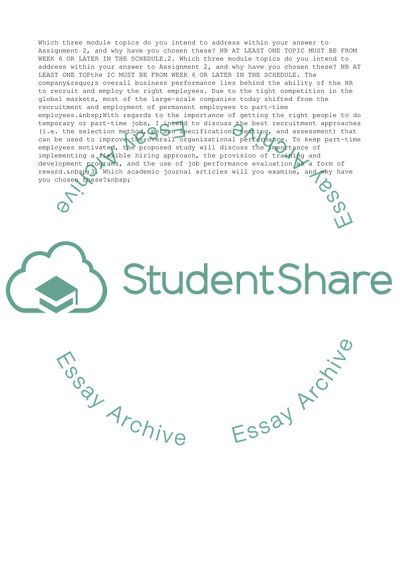Cite this document
(Globalization and Significant Change in HR Management Essay - 5, n.d.)
Globalization and Significant Change in HR Management Essay - 5. Retrieved from https://studentshare.org/management/1749515-human-resource-management
Globalization and Significant Change in HR Management Essay - 5. Retrieved from https://studentshare.org/management/1749515-human-resource-management
(Globalization and Significant Change in HR Management Essay - 5)
Globalization and Significant Change in HR Management Essay - 5. https://studentshare.org/management/1749515-human-resource-management.
Globalization and Significant Change in HR Management Essay - 5. https://studentshare.org/management/1749515-human-resource-management.
“Globalization and Significant Change in HR Management Essay - 5”, n.d. https://studentshare.org/management/1749515-human-resource-management.


